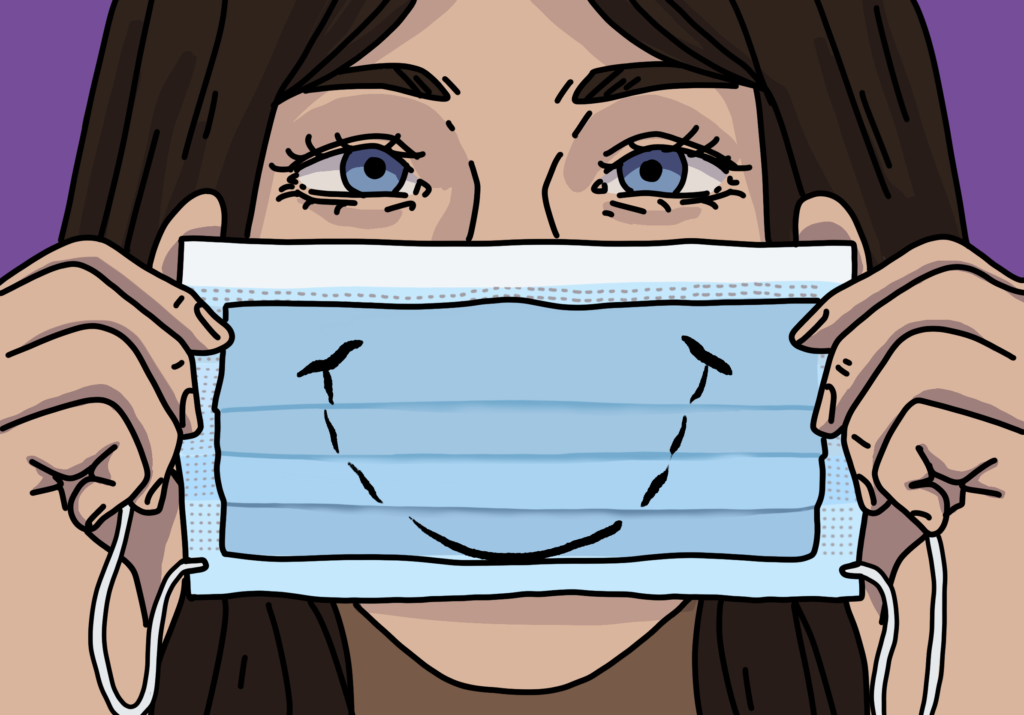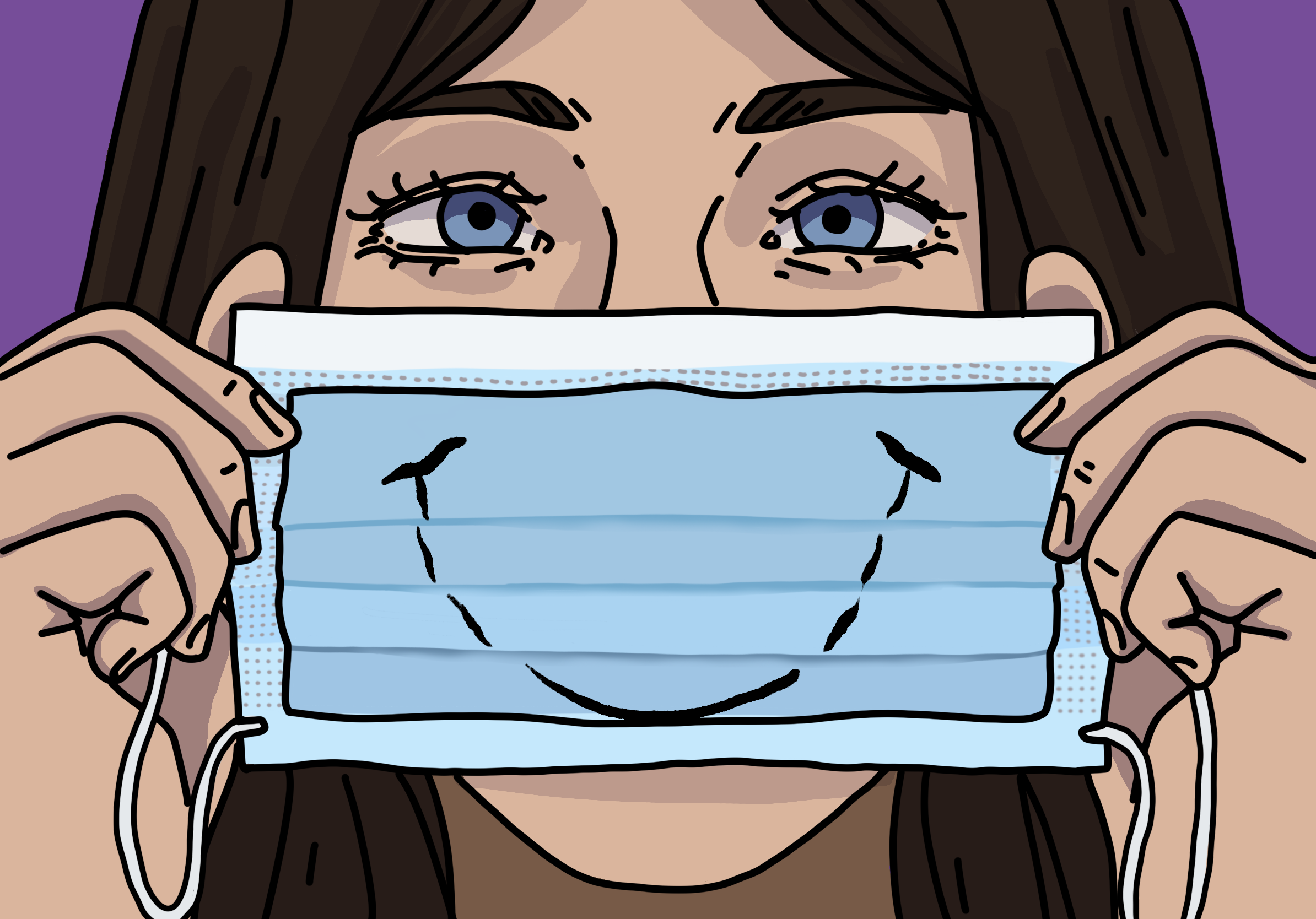These past few months, I worked at a summer camp. I’m sure I’m not the only one who toiled after young kids all day, every day, this summer. Despite the chaos of the job — look, I was not being paid enough to be picking slime out of kids’ hair — I am grateful I did it. As cheesy as it is, I learned a lot from these kids, these vessels of our future, and I was given hope for change that I thought might never return to me.
The world today is a difficult place to stay sane in. Instances of tragedy, hardship, and ignorance headline the news every night. Many of us are desensitized to atrocities and have hardened our outlook of the world. We are angry, and we have every right to be. Anger is powerful — it burns loudly, it fuels movement, it ignites change — but when it cools, as it eventually must, it often hardens into resentment and pessimism. It cements itself to us, weighs us down, and occupies precious space. Anger is important and fair, but anger alone is not only an unsustainable mentality — it’s an unsustainable motivator for change.
So in the face of hardship, if anger is not enough, what should fuel us? An eye for progress, and an eye for the good in the world. In other words, hope. Now, I can feel you rolling your eyes from behind the screen. I hear you, I do. But hold on for a minute. I love Dickinson as much as the next girl, but I don’t agree that hope is “the thing with feathers.” Hope is gritty, tough, and sharp. It is a diamond — it forms under some of the highest pressures imaginable. It is found deep beneath the surface, and sometimes it’s found at your local summer camp.
In the grand scheme of things, I’m not much older than the kids I was teaching at work, but believe me when I say that the world these kids are growing up in is incredibly different from the one I did, and the things these kids are learning about at their age are entirely different. And yet, these kids — despite being occasional menaces — were kinder and more tolerant than most of the adults I know today.
I watched an entire group of fourth-graders, unprompted, reassure and help calm their peer on the autism spectrum who was having trouble with his project. I watched a group of girls loudly stick up for each other when a boy tried to push them around. I saw young boys wearing nail polish (even press-ons!), and I saw their friends compliment them with whole-hearted sincerity. I watched kids create nonbinary alien creatures during science activities, I watched them ask respectful questions about pronouns, and I watched them listen intently to a counselor explaining that “anyone can marry anyone if they love each other.” I saw them grasp concepts of tolerance and kindness that my own peers have trouble with. In each of those moments, I felt something bright and strong take root. I felt hope and optimism more clearly than I had in a very long time.
This isn’t to say that I can now ignore all the injustices in the world — this is something people frequently misunderstand about optimism. One of my favorite movies, Everything Everywhere All At Once (if you still haven’t seen it, go watch it immediately), nails this concept: “When I choose to see the good side of things, I’m not being naive. It is strategic and necessary. It’s how I learned to survive through everything.”
And though we may not be dealing with multidimensional travel and hot-dog fingers (…yet?), this quote is so incredibly important for the modern era. To take this big, jumbled, hot mess of a world we live in and sit it down gently, detangle its messy curls, and hold onto the good, beautiful, wonderful things we find, is an incredibly difficult task. But in order for us to remain sane, it’s necessary. I am a firm believer that in order to create and inspire progress, you must look at the progress that has already occurred just as much as you look at what still must be fixed. Anger cools and muddies, but hope stays solid, glimmering, and strong enough to shatter anything in its way.


